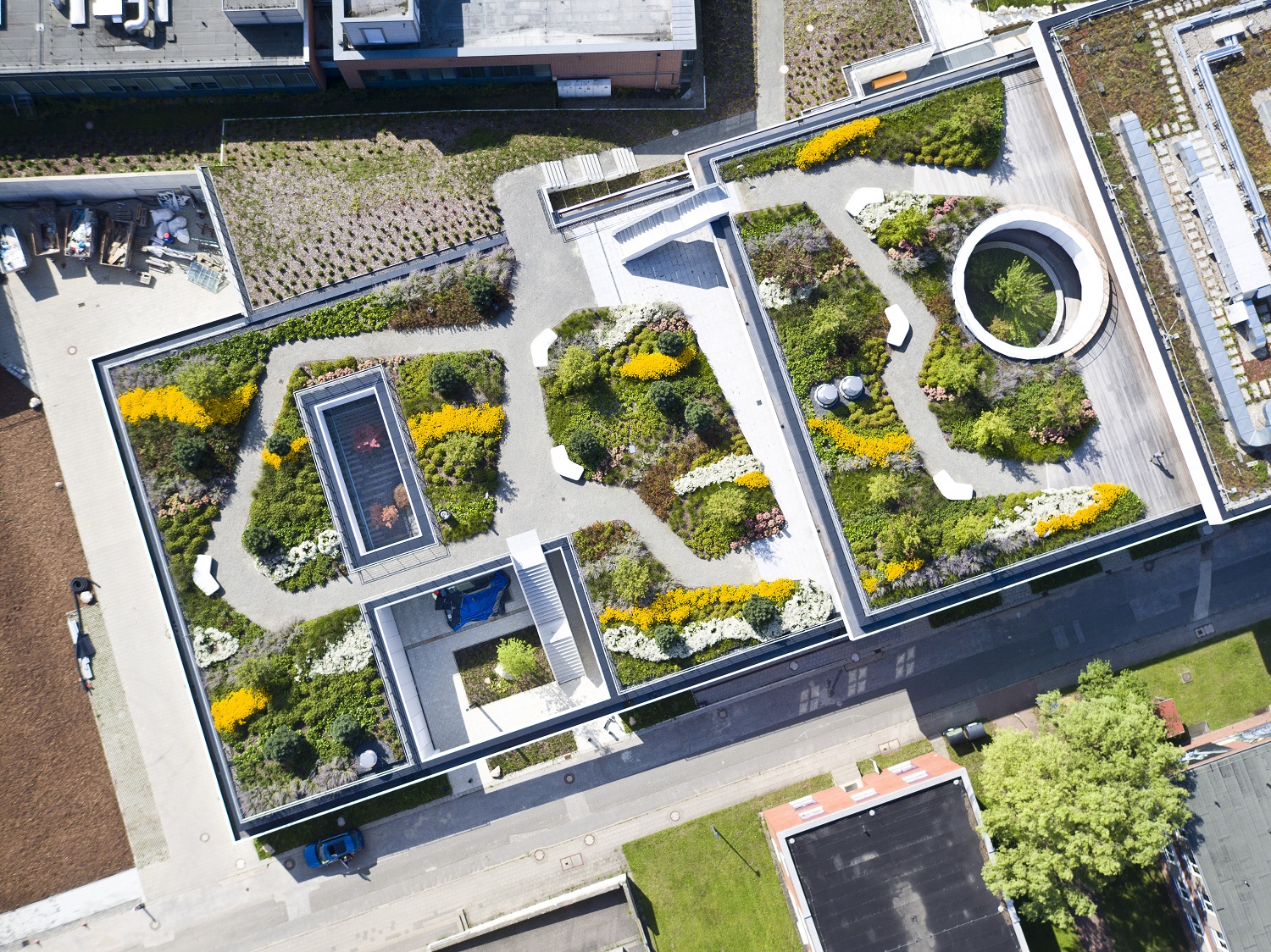
The winner “BuGG Green Roof of the Year” 2021 is announced!
The winner of “BuGG Green Roof of the Year” 2021 has been recently announced! The German Association of Building Greening (Bundesverband GebäudeGrün e.V. – BuGG) has

The winner of “BuGG Green Roof of the Year” 2021 has been recently announced! The German Association of Building Greening (Bundesverband GebäudeGrün e.V. – BuGG) has

The World Green Infrastructure Network continues with its own publications. After its first book “Green Cities in the World” in 2014, the update in 2015
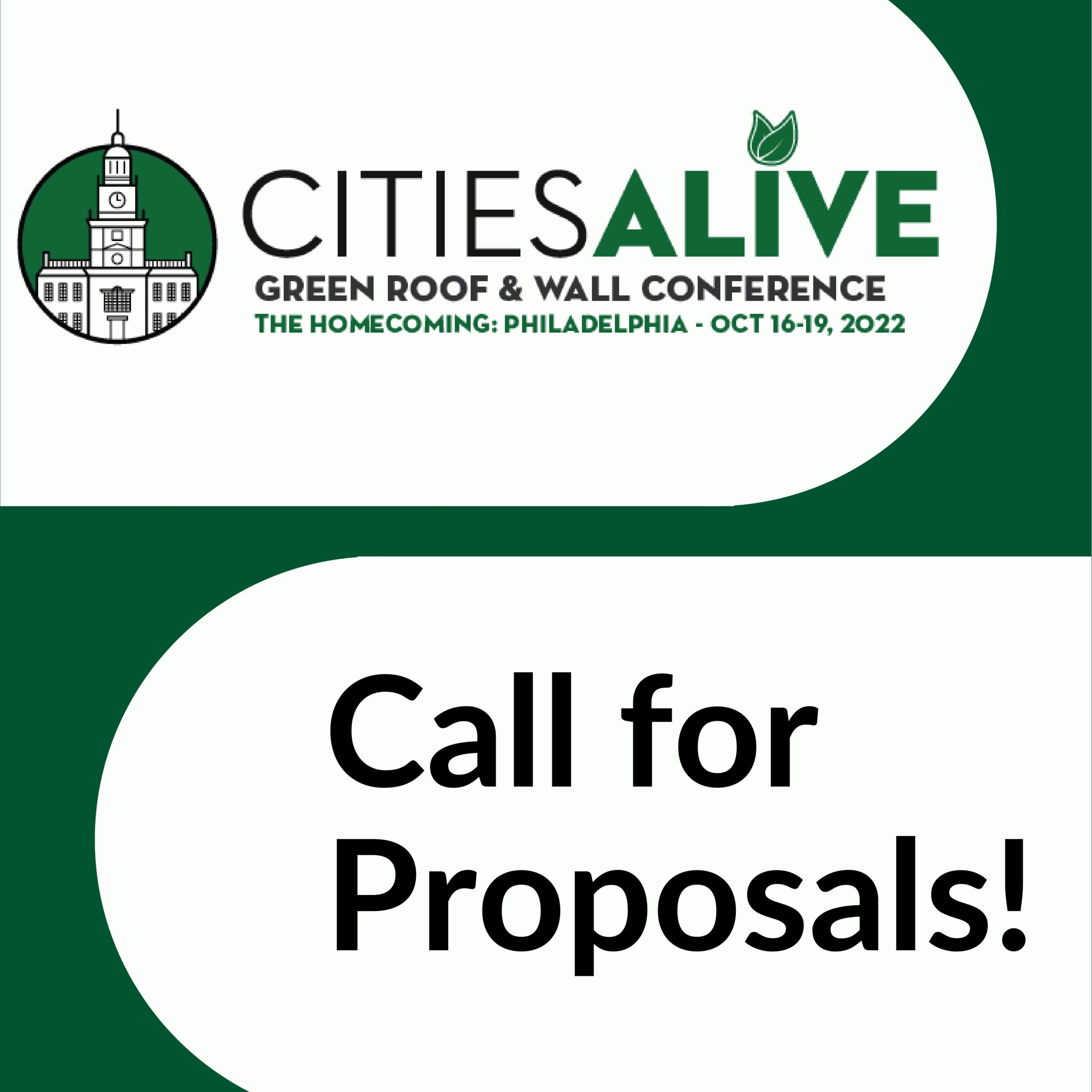
CitiesAlive 2022 is finally back in person and will be held in Philadelphia from October 16th-19th, 2022. It will focus on the theme of “Green

In April 2022, the European Green Market Report on green roofs and walls published a new study assessing the state of play of urban green
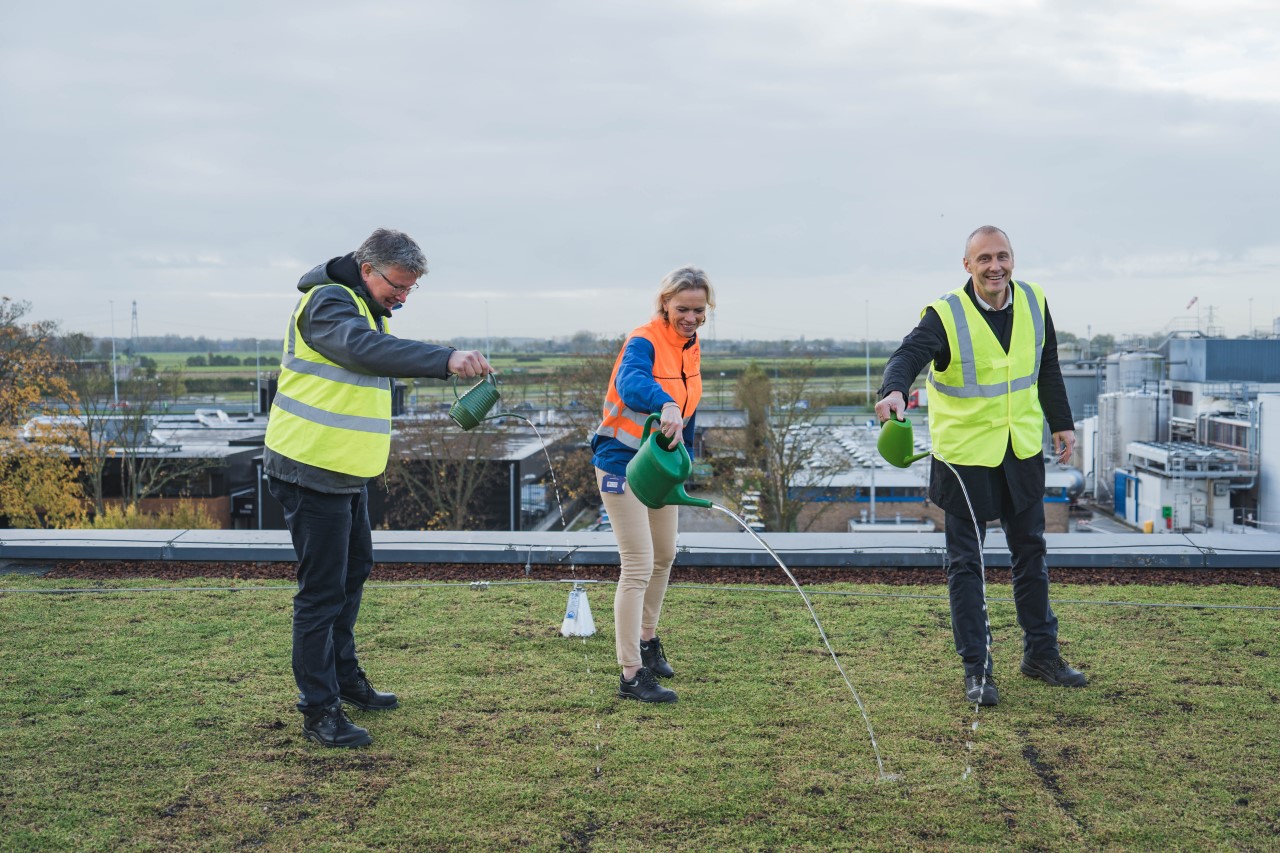
Picture: © Ritchie Damwijk The very first Detention Roof in the Netherlands was recently installed on the Vrumona business premises in the municipality of Bunnik. On
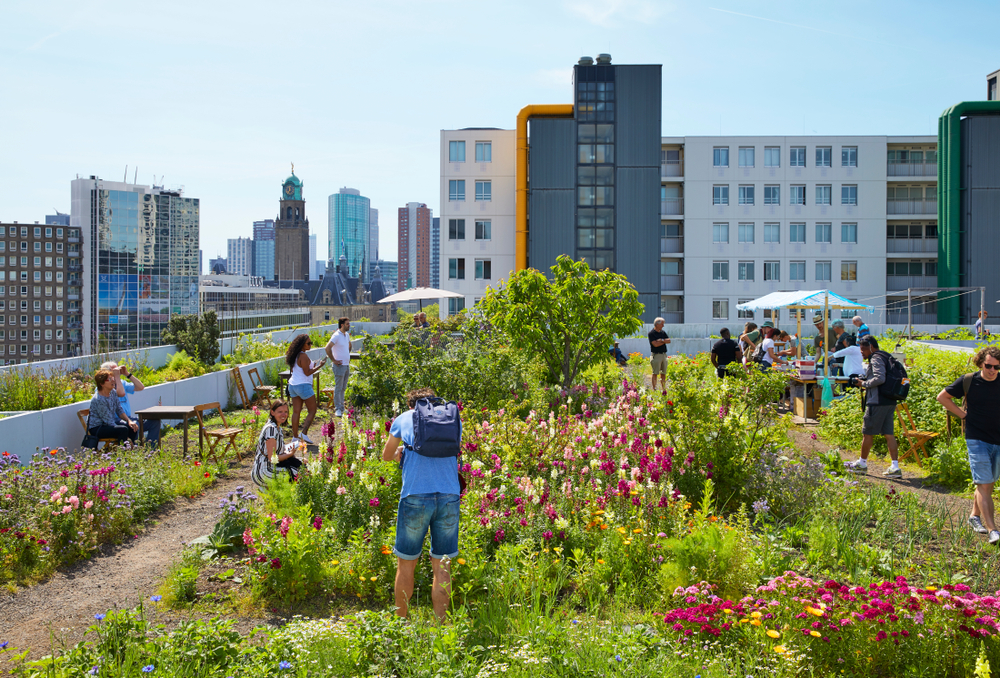
Rotterdam / the Netherlands. ID: 1523657147 While encouraging for energy renovations and decarbonisation, the proposal for the revision of the EU Energy Performance of Buildings Directive adopted by
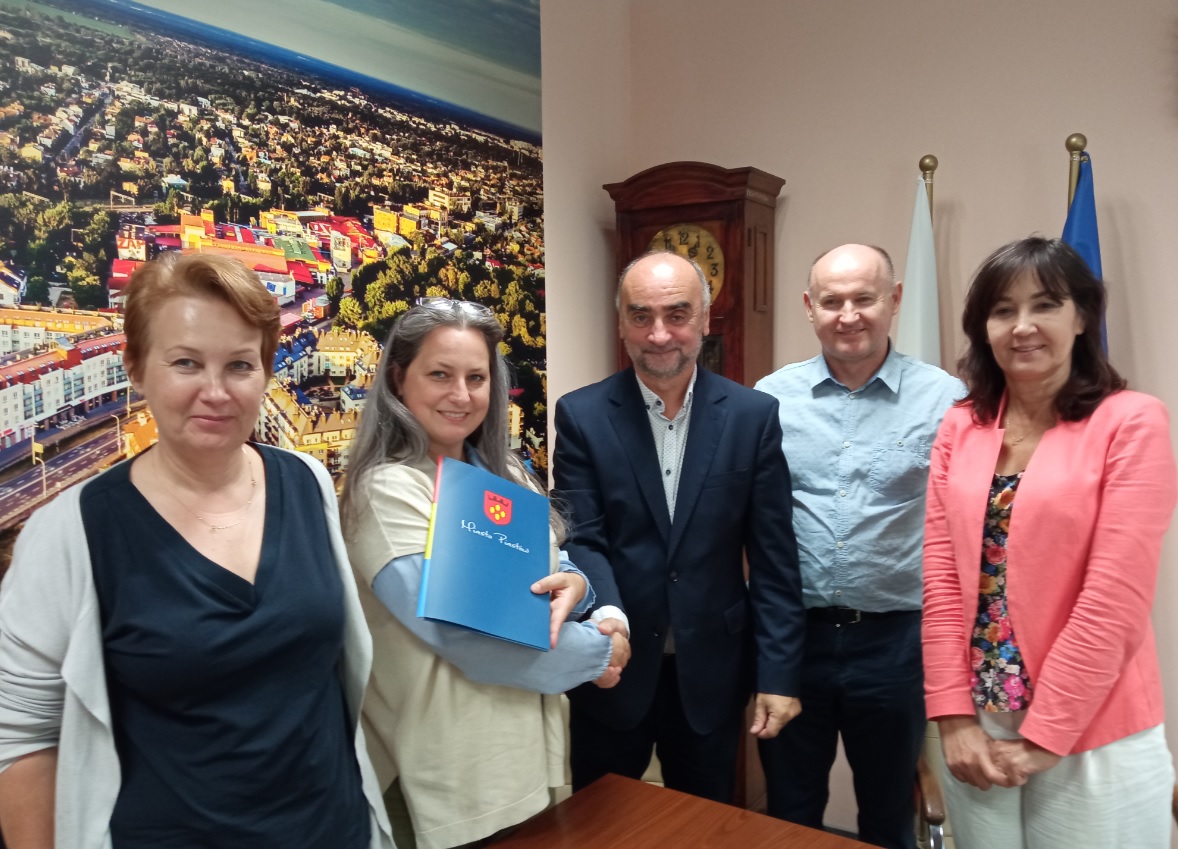
Photo “PIASTÓW”: © psdz The Polish Green Roof Association (PSDZ) together with the Norwegian Association for Green Infrastructure (NFGI), both WGIN members, will implement Blue-Green
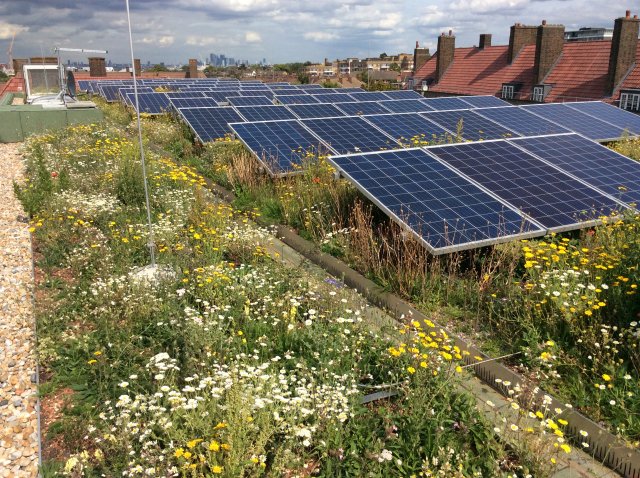
We at WGIN have for long known that green roofs can positively impact the performance of solar panels. Now, an Australian comprehensive study shows green
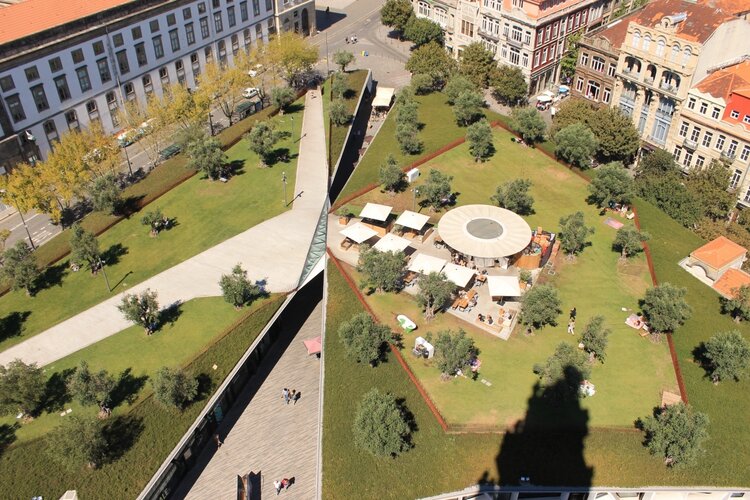
Summer 2021: The Climate Issue While the Climate Crisis clearly threatens us, it also provides a powerful motivation to fight it by embracing rapid change.
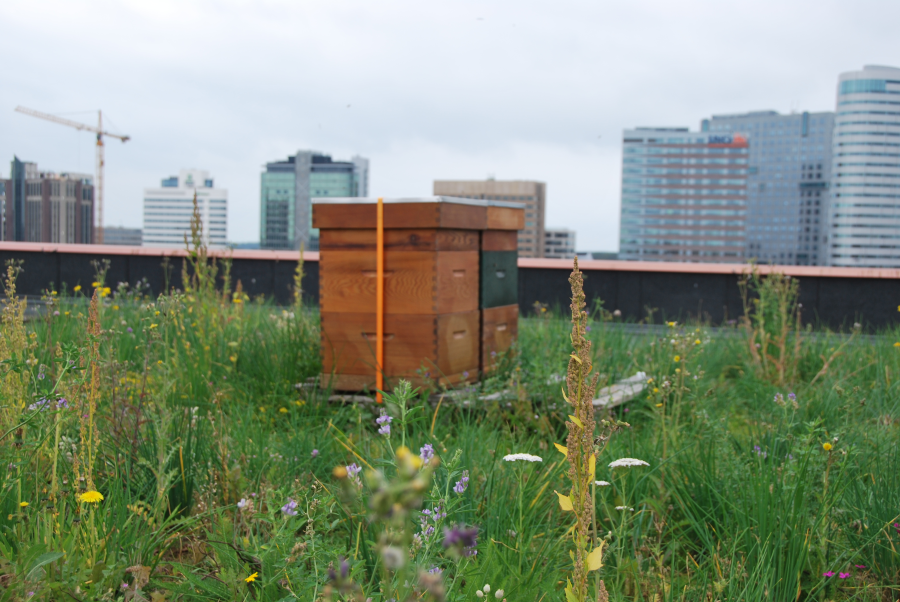
How can green roofs contribute to promoting biodiversity in urban areas? WGIN member Sempergreen developed a white paper ‘Building for biodiversity’, which answers this question and aims
Follow us on the channel that best suits you to receive our latest updates!
Join us. Get member benefits. Promote your company, projects, products and services.